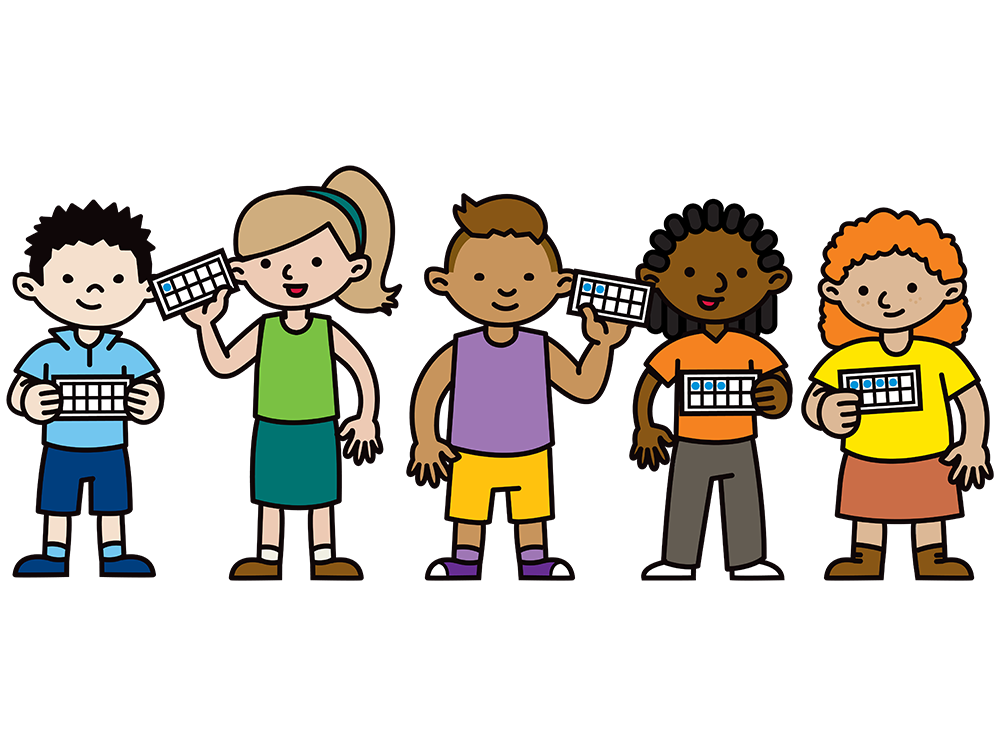What's New in Bridges Third Edition
A lot has changed since we published Bridges in Mathematics Second Edition. Over the years we listened to educators using our curriculum and kept abreast of evolving research regarding pedagogy, math education, and professional development. We’ve used this learning to shape our newest offering, which retains the best of our last edition while adding important enhancements and new features.
Building Mathematical Thinkers
Our student-centered approach emphasizes classroom discourse, visual models, and conceptual understanding. Students build problem-solving skills, develop fluency, and make sense of mathematics through rich tasks with multiple entry points. Open-ended questions and student choice offer all learners an appropriate level of challenge and the opportunity to develop a positive math identity.


Diversity, Equity & Inclusion
Bridges classrooms have long sought to elevate all student voices. Third Edition brings additional focus to representation, guidance for creating an inclusive learning environment, and revised tasks to better support equity. Our curriculum amplifies each student’s voice and learner agency, sparking curiosity and helping them find joy in mathematics.
Usability
To improve usability, we made a number of changes, including adjusting the length of lessons, adding learning goals, and restructuring Number Corner to progress chronologically. Revised Teachers Guides include more embedded professional learning offered through overviews, sidebars, suggested questions, and sample student dialogue.


Technology
A redesigned Bridges Educator Site (BES) facilitates more efficient planning through streamlined access to valuable instructional resources and professional learning. And we’ve improved the integration of the Math Learning Center apps through share codes in the Teachers Guides, providing flexibility for how students engage with sessions.
Upgrading to Third Edition
Curriculum implementations require a lot from teachers. As educators ourselves, we understand those challenges. That’s why we’re making this transition as simple and affordable as possible. Upgrades will only require new Teacher Guides as well as a very limited number of revised or additional materials.
Want to Learn More?
Find out about piloting Bridges Third Edition.
What stays the same?
Visual models, classroom discourse, and hands-on experiences continue
to be essential elements of Bridges.
Structure: Problems & Investigations, Work Places, and Number Corner are still the core elements of the Bridges curriculum.
Scope & Sequence: While there are some changes, particularly in updated terminology, the overall Scope & Sequence remains largely consistent between Second and Third Editions.
Materials: Second Edition classrooms can continue using most of their existing classroom materials, including manipulatives, Work Places, and other components. This continuity allows us to offer affordable transition kits and maintains the use of familiar, effective models and materials.
What changes with the upgrade?
Teachers Guides: Revised for ease of use and improved instruction.
Number Corner: Revisions to Number Corner include organizing in a day-by-day system to simplify and streamline preparation.
Bridges Educator Site: An update to this platform provides easier access to materials and professional development content.
Optional Digital Assessments: A partnership with Derivita provides
full access to digital assessments and the resulting data, which can provide actionable insights for educators in real time.
Request a Third Edition Pilot
©2025 The Math Learning Center. All rights reserved. Privacy Policy | Terms of Use